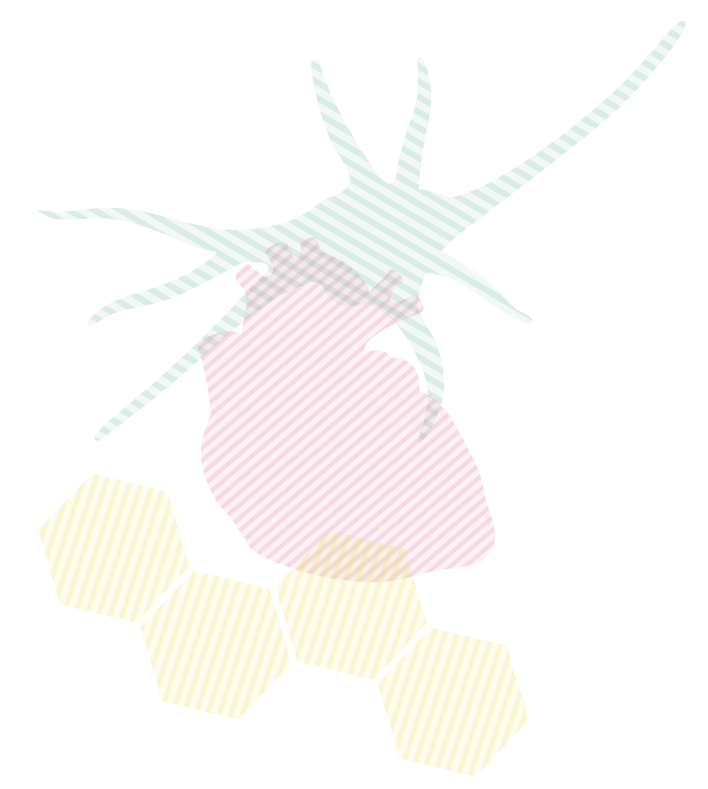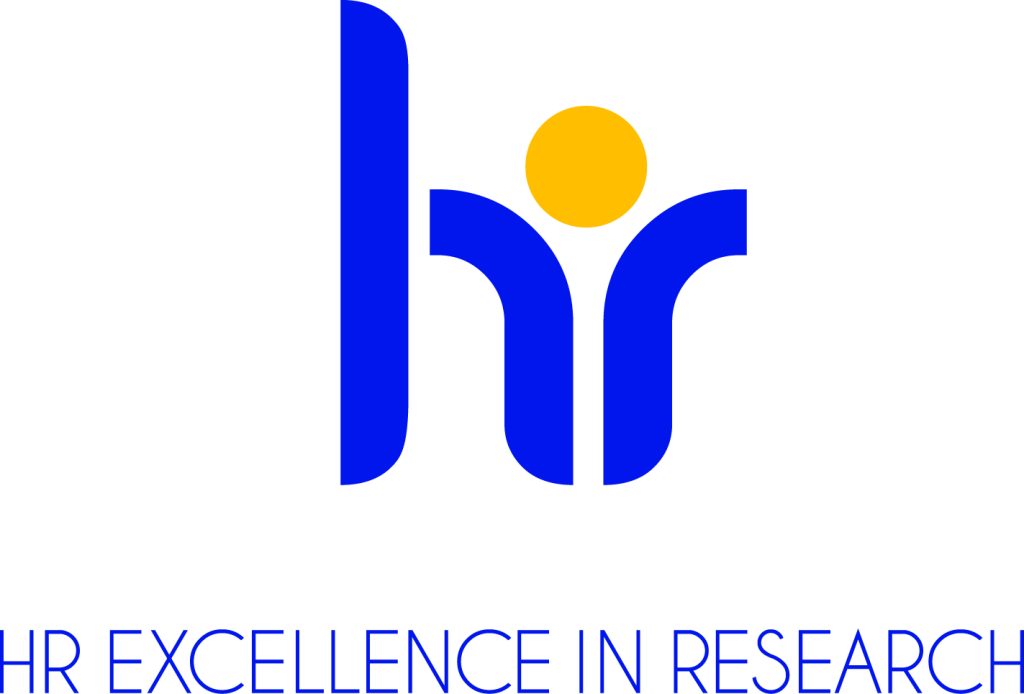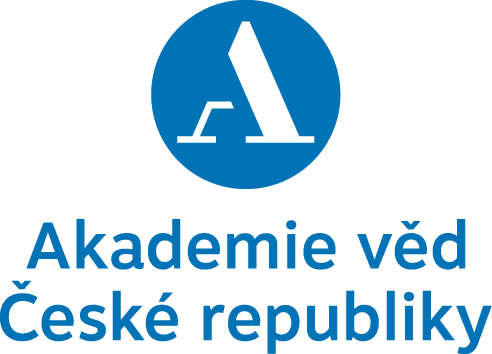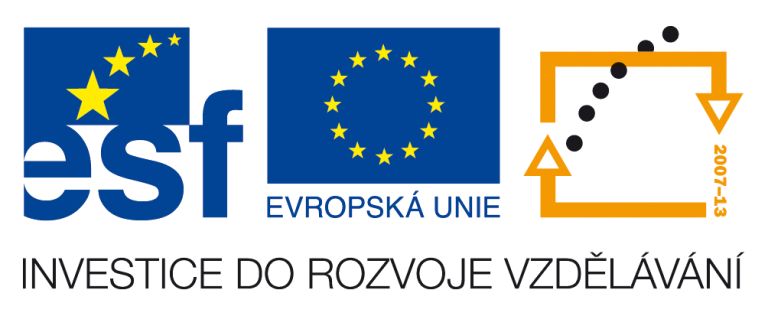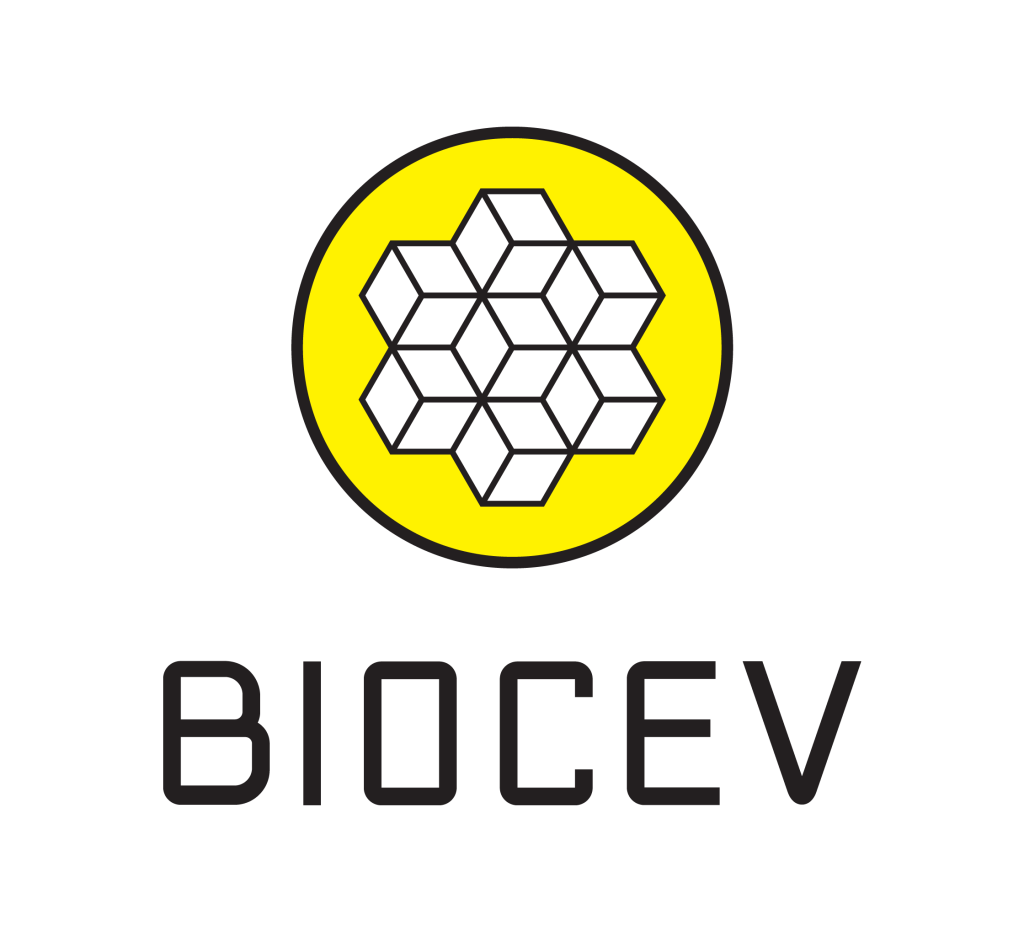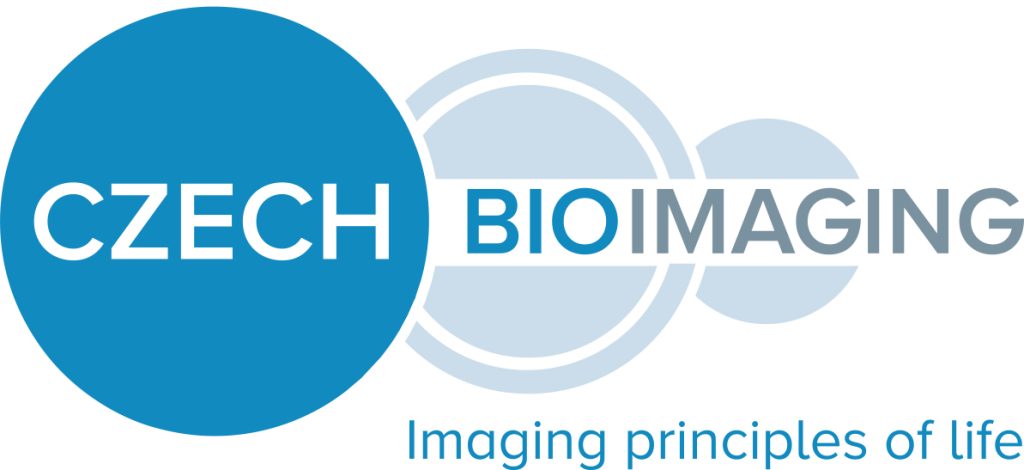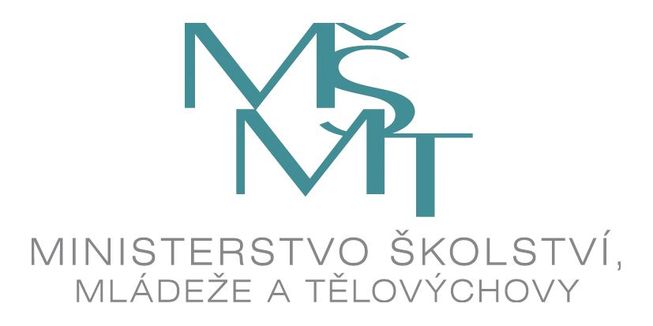Research of dental caries follow up the scientists of Department Analysis of Biologically Important Compounds of Institute of Physiology and specialists of School of Medical Dentistry, 1st Medical Faculty of Charles University.
Current research of WHO (World Health Organization) has shown that about 90 % of all adults experience dental caries – only 10 % of late adolescents and young adults worldwide are caries-resistant. The reason of this resistance is unclear and we assumed that it could be caused by the presence of specific protein antibacterial agents inside the tooth tissues (pulp, dentin or enamel). Determination of these factors could be very important and could make a significant contribution to planning and evaluating future preventive activities and oral health promotion.
In this study we used a modern proteomic methods such as difference gel electrophoresis (2D-DIGE) approach in connection with nano-liquid chromatography coupled to mass spectrometry to investigate the different protein abundances in the tooth pulp of human healthy third molars obtained from caries-resistant and caries-susceptible people. Seven proteins exhibited higher and four proteins exhibited lower expression in the caries-resistant samples compared to the caries-susceptible samples. These differentially expressed proteins are likely involved in the natural resistance or susceptibility of humans to the development of dental caries and suggest that the resistance mechanism is multifactorial.
This project brings together specialists from various scientific fields (stomatologists, biochemists and analytical chemists) to combine medical, experimental and biomedical research towards the goal of improving oral health. This study is the first one that compares proteins from tooth pulp of teeth obtained from caries-resistant and caries-susceptible people.
Jágr M, Eckhardt A, Pataridis S, Foltán R, Myšák J, Mikšík I.: Proteomic analysis of human tooth pulp proteomes – Comparison of caries-resistant and caries-susceptible persons, Proteomics. 2016 Apr 22. pii: S1874-3919(16)30143-9. doi: 10.1016/j.jprot.2016.04.022.

